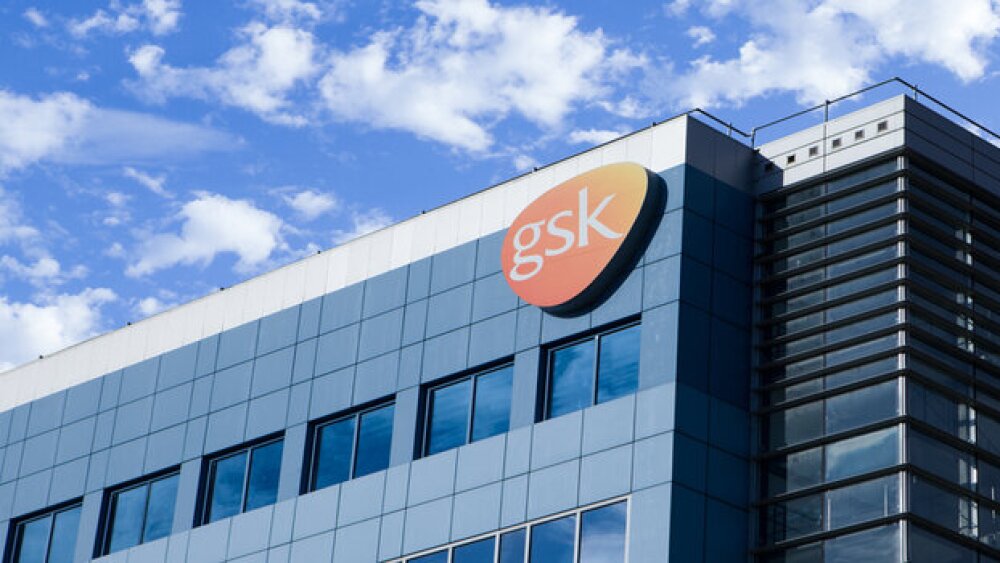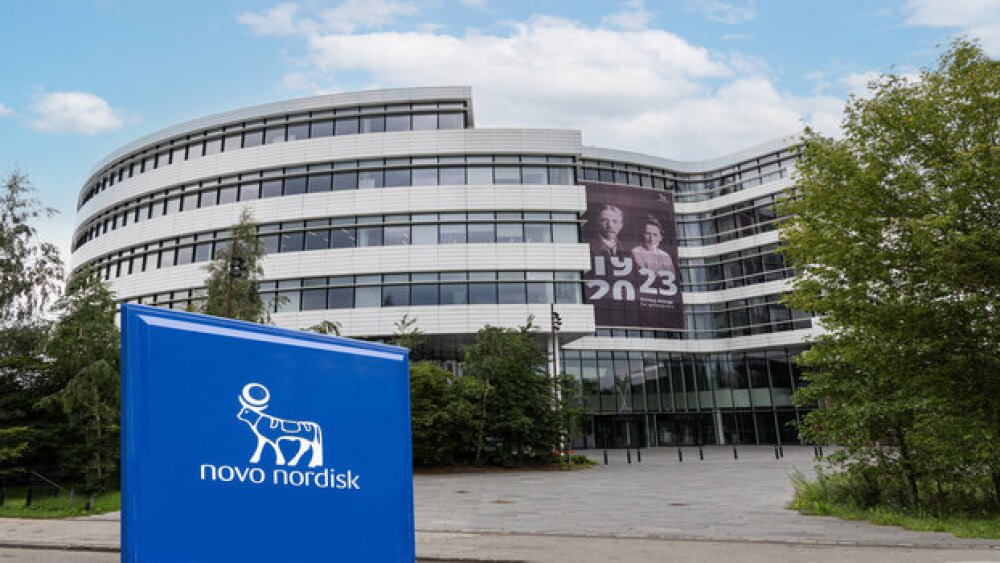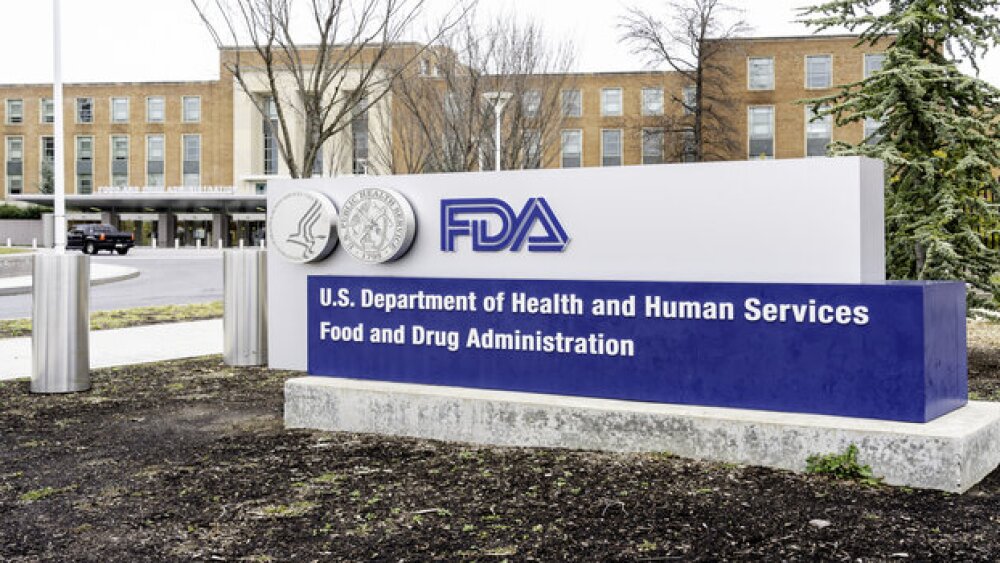Can they be better? Or perhaps, cheaper and easier to make, especially for developing companies? Researchers at the University of Texas and the PATH Center for Vaccine Innovation and Access think so.
The current vaccines against COVID-19 that have been authorized, particularly the Moderna and Pfizer-BioNTech vaccines, use new technology and have demonstrated about 95% efficacy in clinical trials and so far, about 90% efficacy in a real-world setting. Other vaccines in the Western World, including AstraZeneca-Oxford and Johnson & Johnson, which use slightly more traditional technologies, are also extremely effective.
But can they be better? Or perhaps, cheaper and easier to make, especially for developing companies? Researchers at the University of Texas and the PATH Center for Vaccine Innovation and Access think so.
But first, a little deep background.
Almost all the existing COVID-19 vaccines, in some way, train the human immune system to identify the spike protein on the SARS-CoV-2 virus. The spike protein is scattered all over the outside of the virus and is used to latch onto receptors, most commonly the ACE2 receptor, on the outside of cells. The virus is then fused into the cell, where it takes over genetic machinery, forcing the cell to churn out more viruses.
A complicating factor is that spike proteins don’t have a static shape. This was largely determined back in 2015 by researchers at Geisel School of Medicine at Dartmouth, who were working on another coronavirus, the one that causes MERS. MERS is extremely deadly, but not particularly contagious—only about 1,000 people have died of it.
But Jason McLellan, a structural biologist then at Dartmouth, noted that the spike protein’s typical shape was vaguely tulip-like. When it was about to fuse to a cell, the shape changed to something closer to a javelin or spear. These are now called the prefusion and postfusion forms of the spike protein.
Antibodies against the prefusion spike shape work very well against the virus, but antibodies against the postfusion shape don’t. So it’s very important that the vaccines are using prefusion spikes to train the immune system.
McLellan and his team were working on a MERS vaccine but created a lot of postfusion spikes, which were useless. Then they developed a method to keep the protein in the tulip-like prefusion shape. And the way to do that was to change only two of the more than 1,000 building blocks in the protein into a compound dubbed proline.
This spike protein was named 2P, for the two new proline molecules. When SARS-CoV-2 came along with COVID-19, McLellan and colleagues designed a 2P spike unique to the SARS-CoV-2 virus. Moderna, Pfizer-BioNTech and Johnson & Johnson all used that information to design their vaccines. In addition, Novavax is using the 2P spike in their vaccine, and so is Sanofi.
“This guy is a genius,” said Harry Kleanthous, a senior program officer at the Bill & Melinda Gates Foundation, referring to McLellan. “He should be proud of this huge thing he’s done for humanity.”
But he’s not done yet. Now an associate professor at the University of Texas at Austin, McLellan, working with fellow biologist Ilya Finkelstein and Jennifer Maynard, has created 100 new spikes, each having altered building blocks. They tested each of them, funded by the Gates Foundation, and then combined the most promising changes into new spikes. And they’ve come up with a single protein, HexaPro, that has a total of six prolines in its design.
Two of the prolines are the ones in the 2P spike, but now there are another four, which are more stable than 2P. It is also able to better withstand heat and damaging chemicals. The current mRNA vaccines by Pfizer-BioNTech and Moderna, in particular, are fragile and require very cold storage and transportation temperatures.
McLellan hopes that this vaccine, which is currently being studied in clinical trials, would potentially be able to reach more of the world, especially low- and middle-income countries. To date, those countries have been lagging significantly behind the rest of the world on vaccine distribution.
“The share of the vaccines they’ve received so far is terrible,” McLellan said.
The University of Texas created a licensing plan for HexaPro that lets companies and laboratories in 80 low- and middle-income countries to use the protein in their vaccines without paying royalties. And researchers at PATH are working for ways to increase COVID-19 vaccine production, particularly so that poorer countries can make their own.
They’re thinking more along the lines of how influenza vaccines are made, rather than the more expensive and laborious mRNA-based vaccines from Moderna and Pfizer-BioNTech. In flu vaccines, the flu viruses are injected into chicken eggs, which then produce huge amounts of new copies of the viruses. They then extract the viruses, weaken or kill them, and place them into vaccines.
Researchers at PATH are working to develop a COVID-19 vaccine that could be grown cheaply in chicken eggs. This would allow the current facilities that manufacture flu shots to manufacture COVID-19 shots.
The PATH vaccine that uses HexaPro is named NDV-HXP-S. It was produced in a factory in Vietnam that normally produces makes vaccines in chicken eggs. In October, the Vietnamese group sent the vaccines to Mount Sinai in New York to test them. They found that NDV-HXP-S produced strong protection in mice and hamsters.
“I can honestly say I can protect every hamster, every mouse in the world against SARS-CoV-2,” said Peter Palese, head of the research group at Mount Sinai. “But the jury’s still out about what it does in humans.”
The vaccine does, however, appear to be very potent and requires fewer viruses for an effective dose. “We are very excited about this, because we think it’s a way of making a cheap vaccine,” Palese said.
Several countries, including Thailand and Brazil, are working on their own vaccines using the technology, with a big part of the appeal being that they would not have to rely on imports. However, it’s unlikely to solve the current problems.
Madhavi Sunder, an intellectual property expert at Georgetown University Law Center, noted that NDV-HXP-S would take too much time to help countries like Brazil who are struggling with the pandemic.
“We’re not talking 16 billion doses in 2020,” she said.
For long-term vaccine production strategies, not just for COVID-19, but any other future pandemic, it’s very promising.
Meanwhile, McLellan is working on a third generation of the spike that he hopes will be even better than HexaPro.





